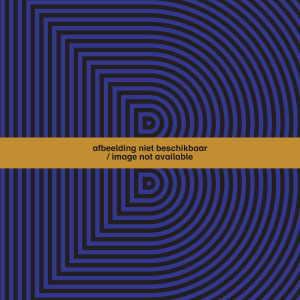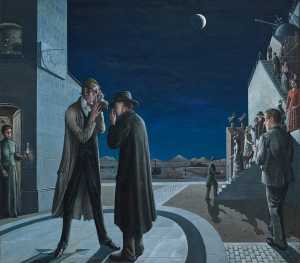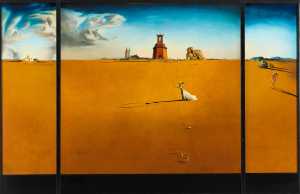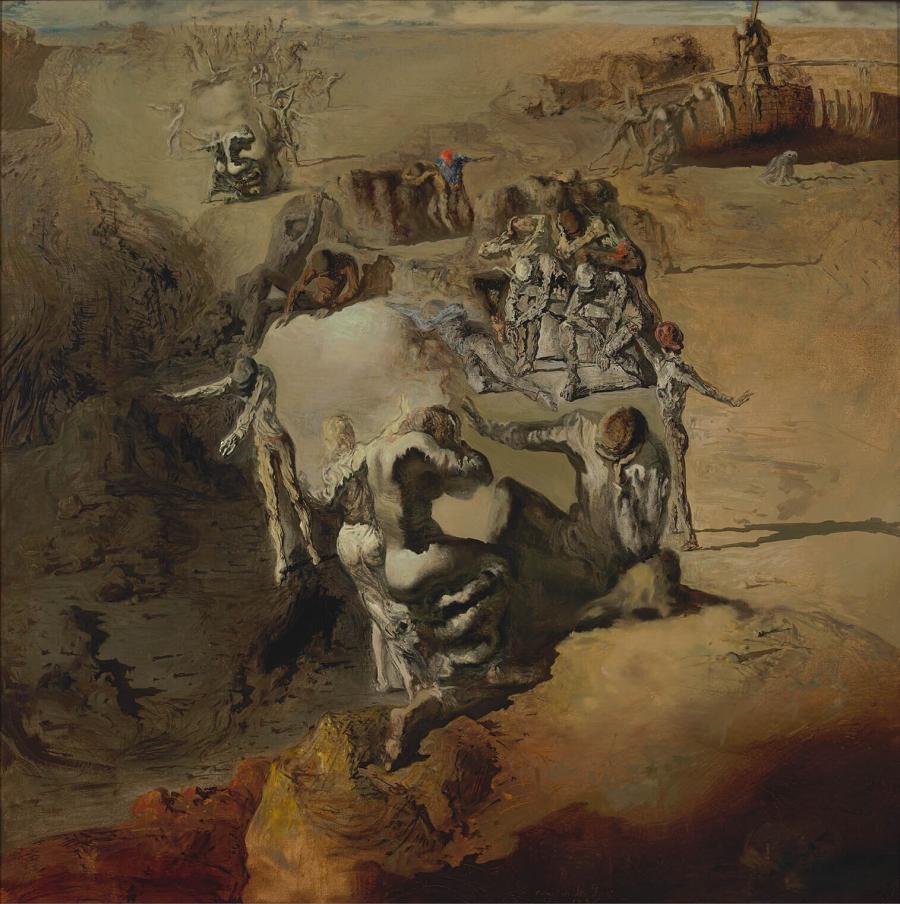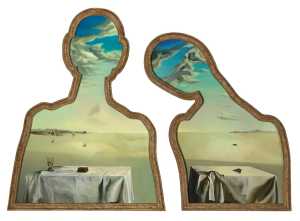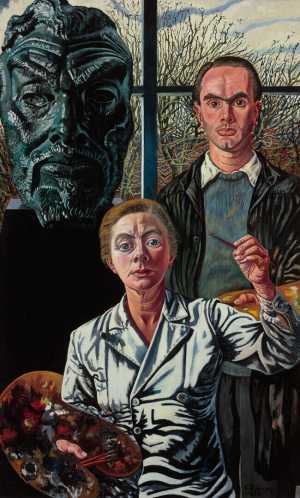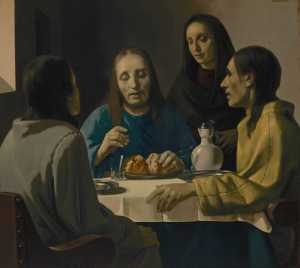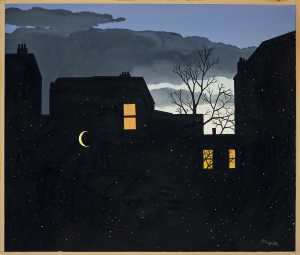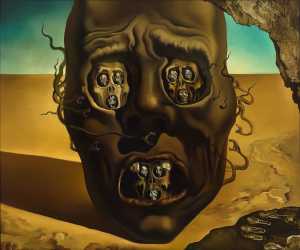Specifications
| Title | Le grand paranoïaque |
|---|---|
| Material and technique | Oil on panel |
| Object type |
Painting
> Painting
> Two-dimensional object
> Art object
|
| Location | This object is in storage |
| Dimensions |
Width 66,7 cm Height 66,5 cm |
|---|---|
| Artists |
Artist:
Salvador Dalí
|
| Accession number | 2989 (MK) |
| Credits | Purchased with the support of Stichting Museum Boijmans Van Beuningen, Rembrandt Association, Cultuurfonds, Erasmus Foundation, and Stichting Bevordering van Volkskracht, 1979 |
| Department | Modern Art |
| Acquisition date | 1979 |
| Creation date | in 1936 |
| Collector | Collector / Edward James |
| Entitled parties | © Salvador Dalí, Fundación Gala-Salvador Dalí, c/o Pictoright Amsterdam 2022 |
| Provenance | Julien Levy Gallery, New York 1936-37; Edward James, Chichester 1937-64; Edward James Foundation, Chichester 1964-79; on loan to Tate Gallery, London |
| Exhibitions | New York 1936; Gloucester 1938; Tokyo 1964; New York 1965; Rotterdam 1970-71; Paris 1979; Barcelona/Madrid 1983; Brighton 1998; Hartford 2000; Düsseldorf 2003; Cologne 2006; Milan 2010-11; Kassel 2012; Paris/Madrid 2012-13; Edinburgh/Hamburg/Rotterdam 2016-17 |
| Internal exhibitions |
Een paraplu, een naaimachine en een ontleedtafel. Surrealisme à la Dalí in Rotterdam. (2013) Gek van surrealisme (2017) |
| External exhibitions |
Dalí (2012) Documenta 13 (2012) Surreal Encounters - Collecting the Marvellous (2016) Dal nulla al sogno (2018) Dalí, Ernst, Miró, Magritte... (2016) Only the Marvelous is Beautiful (2022) Dalí, Magritte, Man Ray and Surrealism. Highlights from Museum Boijmans Van Beuningen (2023) A Surreal Shock – Masterpieces from Museum Boijmans Van Beuningen (2021) A Surreal Shock. Masterpieces from Museum Boijmans Van Beuningen (2023) Surrealist Art - Masterpieces from Museum Boijmans Van Beuningen (2021) |
| Research |
Show research A dream collection - Surrealism in Museum Boijmans Van Beuningen |
| Literature | Rotterdam 1970, cat.no. 50; Paris 1979, p. 282, fig. 216; Ades 1982, p. 134, fig. 105; Descharnes/Néret 1994, p. 268; Finkelstein 1996, pp. 198-201; Gibson 1997b, pp. 372-73, fig. XXIX; Descharnes 1997, p. 197; Brighton 1998, p. 59; Figueres 2004-present, cat. no. 435; Milan 2010-11, pp. 84-85; Paris/Madrid 2012-13, p. 197; Edinburgh 2016, pp. 21, 216, 217, 246 cat. no. 29 |
| Material | |
| Object | |
| Geographical origin | Spain > Southern Europe > Europe |
Do you have corrections or additional information about this work? Please, send us a message



